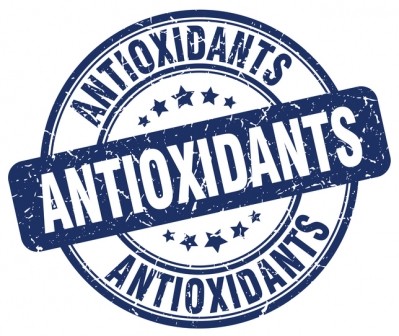Autumn deadline set for new EFSA opinion on ethoxyquin

The ANTOXIAC group — the FEFANA antioxidants authorization consortium — sent the European Food Safety Authority (EFSA) in vivo genotoxicity data on ethoxyquin (EQ) in March, according to the Parma based assessor's Register of Questions.
The study the FEFANA consortia submitted, micronucleus test in bone marrow cells of the mouse with 2.2.4-trimethylquinoline, is supposed to help address the critical knowledge gaps on EQ that EFSA noted in its inconclusive risk assessment of the antioxidant back in November 2015.
EFSA’s opinion on EQ concluded there was an overall lack of data to assess the safety of the substance, including its metabolites, and the presence of an impurity, p-phenetidine, which is a possible mutagen [substances causing mutations in the genetic material of both animals and humans]. The Authority found, as a result of the manufacturing process, p-phenetidine remains in the feed additive.
Ethoxyquin (EQ) is currently authorized as a feed additive at levels of 150 mg/kg in complete feed in the EU and is added primarily to fishmeal as antioxidant, the benefit of this use being twofold.
It preserves fish meal and fish oil from the oxidation of highly unsaturated fatty acids including EPA (eicosapentaenoic acid) and DHA (docosahexaenoic acid), better known as omega-3 fatty acids, which are known to promote health in both animals and humans;
It prevents the spontaneous combustion of fishmeal during transport and storage - the International Maritime Organization (IMO) requires that an antioxidant is added to fishmeal - prior to shipping – to ensure safe transportation and storage of this raw material. Only two antioxidants are permitted: EQ and butylated hydroxy toluene (BHT) and, according to the IFFO, EQ is the most widely used antioxidant at this time.
As is the case for all feed additives in the EU, EQ is undergoing a reauthorization procedure according to Regulation (EC) No 1831/2003, the first step was the November risk assessment by EFSA, which is based on a dossier introduced by a consortium of companies, ANTOXIAC, managed by FEFANA.
FEFANA, commenting last year, said producers have taken measures to significantly reduce the concentration of p-phenetidine in EQ.
Substitute antioxidants
EFSA has also sought additional environmental and average daily intake data for substitute antioxidants under evaluation - BHT, BHA, TBHQ and propyl gallate.
Reportedly, following discussions at the April meeting of the Standing Committee on Plants, Animals, Food and Feed Section Animal Nutrition (SCoPAFF) on EQ, a draft regulation for a partial suspension of EQ for all uses, except for fishmeal, specific vitamins and carotenoids, is to be drawn up.
Arnaud Bouxin, deputy secretary general of FEFAC, told this publication that from the start of the reauthorization discussion, the goal of SCoPAFF has been to suspend approval of EQ while providing some delay for certain essential uses such as fishmeal, bearing in mind that the applicant must deliver the missing information along the roadmap agreed with DG Santé.
In March, the marine ingredients organization, IFFO, recommended its members consider contingencies and alternatives to the use of EQ in fishmeal.
That trade group has also been assessing the effectiveness of other antioxidants in trials undertaken with fishmeal from some of the members. Those trials include the use of BHT, and a natural option containing a blend of tocopherol and rosemary extract in the stabilization of fishmeal.
The storage trials commenced in July 2015 and will terminate July 2016. In addition, the IFFO is conducting accelerated fishmeal stability studies with the same treatments as the long term storage trial to assess whether accelerated studies could be used in the future to evaluate antioxidants for use in fishmeal.















